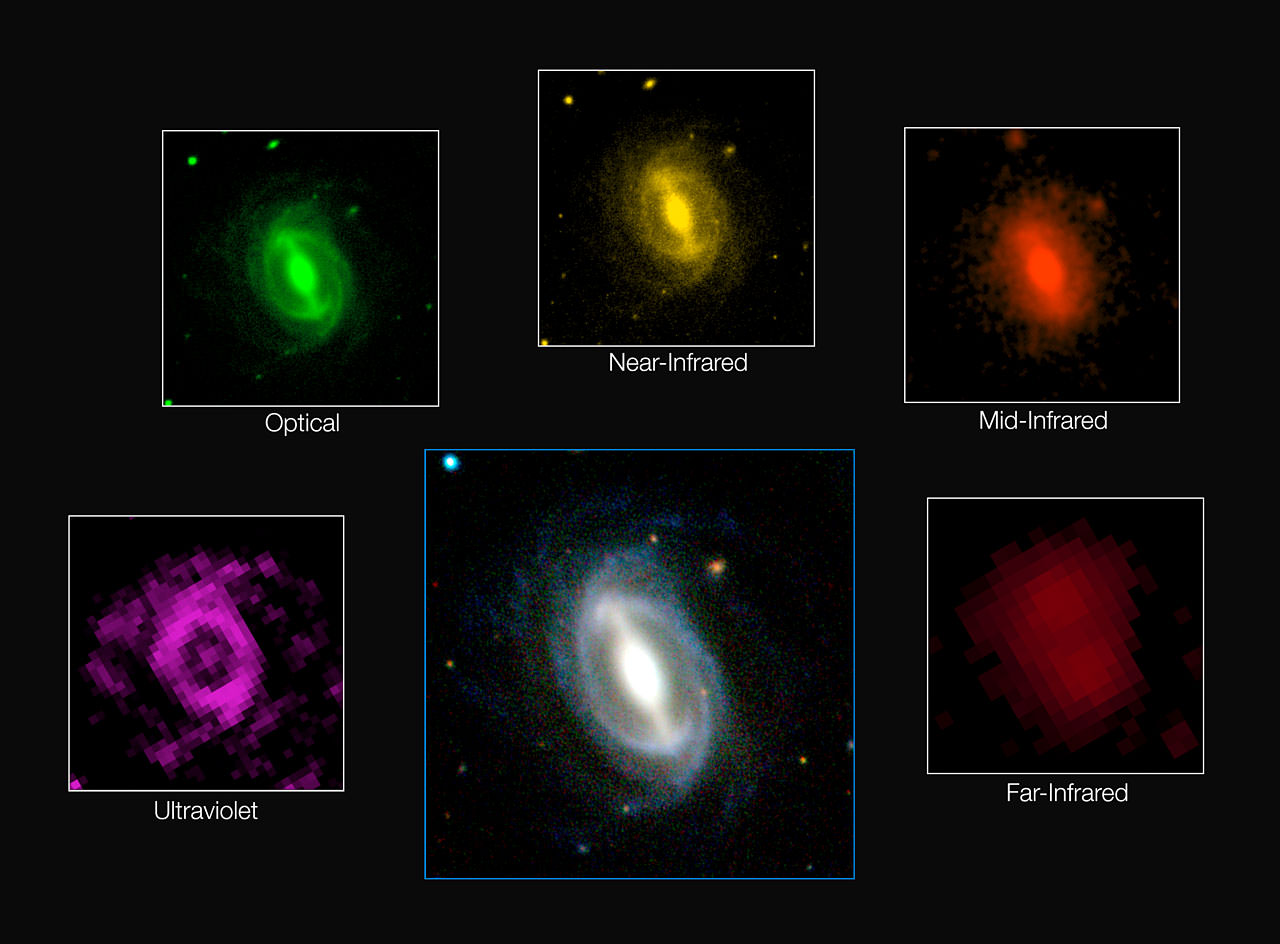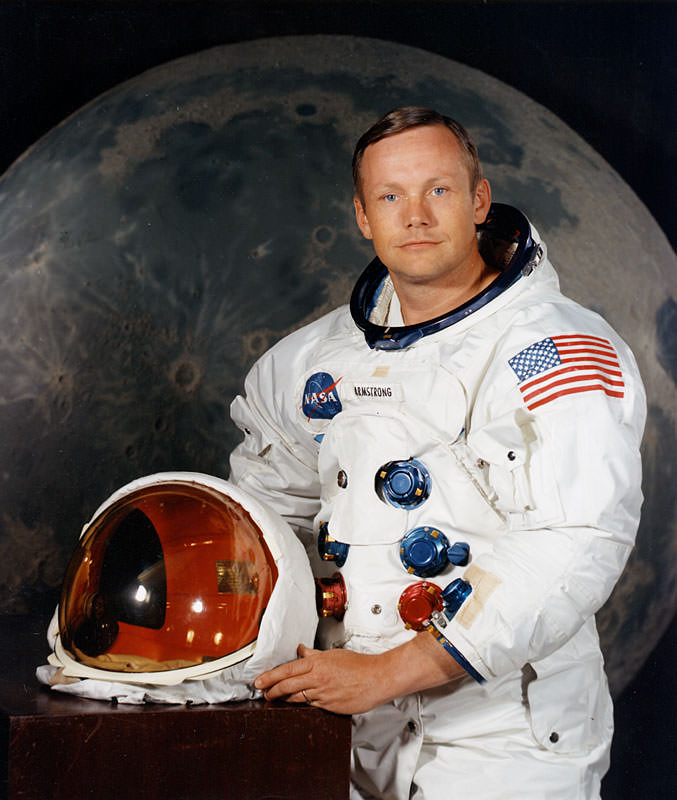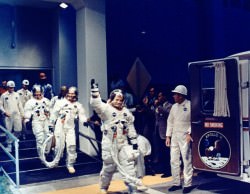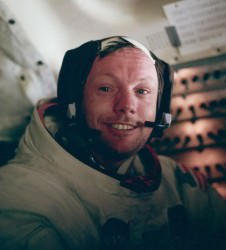Brace yourselves: winter is coming. And by winter I mean the slow heat-death of the Universe, and by brace yourselves I mean don’t get terribly concerned because the process will take a very, very, very long time. (But still, it’s coming.)
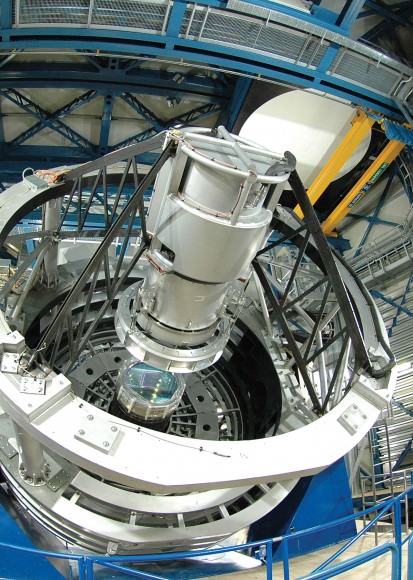
Based on findings from the Galaxy and Mass Assembly (GAMA) project, which used seven of the world’s most powerful telescopes to observe the sky in a wide array of electromagnetic wavelengths, the energy output of the nearby Universe (currently estimated to be ~13.82 billion years old) is currently half of what it was “only” 2 billion years ago — and it’s still decreasing.
“The Universe has basically plonked itself down on the sofa, pulled up a blanket and is about to nod off for an eternal doze,” said Professor Simon Driver from the International Centre for Radio Astronomy Research (ICRAR) in Western Australia, head of the nearly 100-member international research team.
As part of the GAMA survey 200,000 galaxies were observed in 21 different wavelengths, from ultraviolet to far-infrared, from both the ground and in space. It’s the largest multi-wavelength galaxy survey ever made.
Of course this is something scientists have known about for decades but what the survey shows is that the reduction in output is occurring across a wide range of wavelengths. The cooling is, on the whole, epidemic.
Watch a video below showing a fly-through 3D simulation of the GAMA survey:
“Just as we become less active in our old age, the same is happening with the Universe, and it’s well past its prime,” says Dr. Luke Davies, a member of the ICRAR research team, in the video.
But, unlike living carbon-based bags of mostly water like us, the Universe won’t ever actually die. And for a long time still galaxies will evolve, stars and planets will form, and life – wherever it may be found – will go on. But around it all the trend will be an inevitable dissipation of energy.
“It will just grow old forever, slowly converting less and less mass into energy as billions of years pass by,” Davies says, “until eventually it will become a cold, dark, and desolate place where all of the lights go out.”
Our own Solar System will be a quite different place by then, the Sun having cast off its outer layers – roasting Earth and the inner planets in the process – and spending its permanent retirement cooling off as a white dwarf. What will remain of Earthly organisms by then, including us? Will we have spread throughout the galaxy, bringing our planet’s evolutionary heritage with us to thrive elsewhere? Or will our cradle also be our grave? That’s entirely up to us. But one thing is certain: the Universe isn’t waiting around for us to decide what to do.
The findings were presented by Professor Driver on Aug. 10, 2015, at the IAU XXIX General Assembly in Honolulu, and have been submitted for publication in the Monthly Notices of the Royal Astronomical Society.

